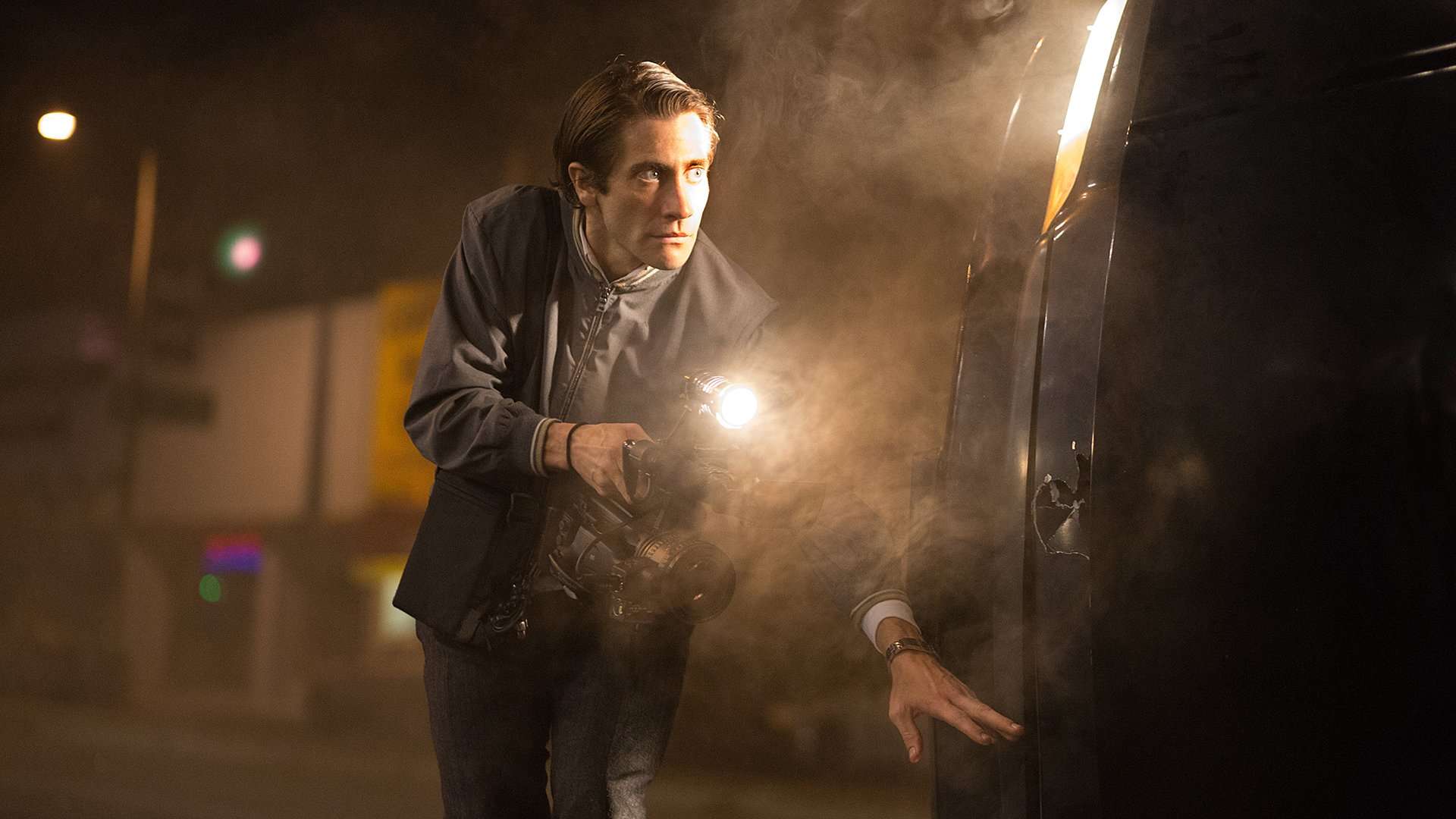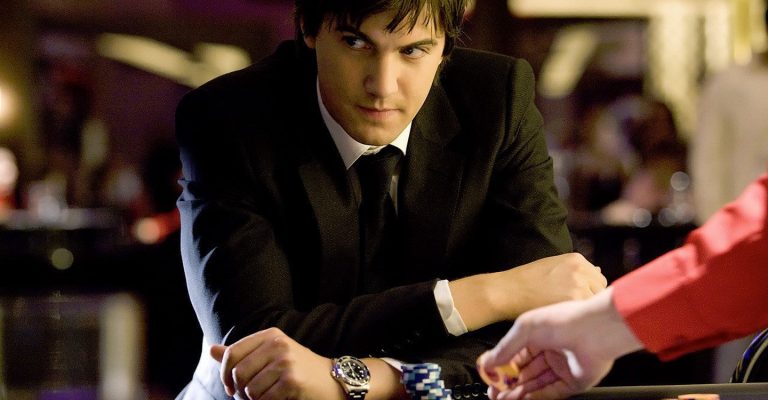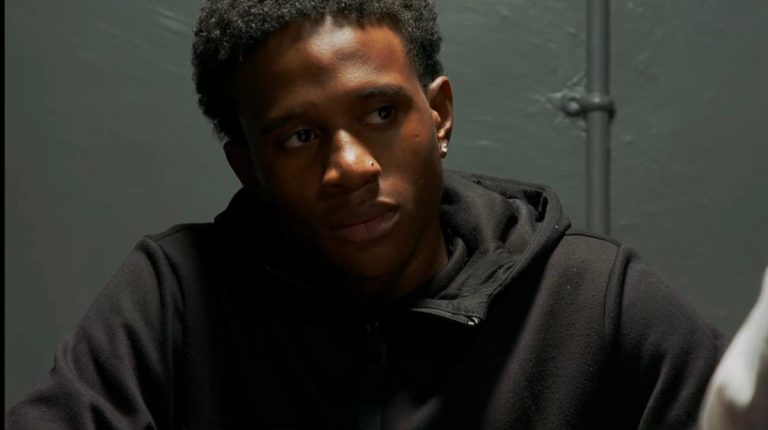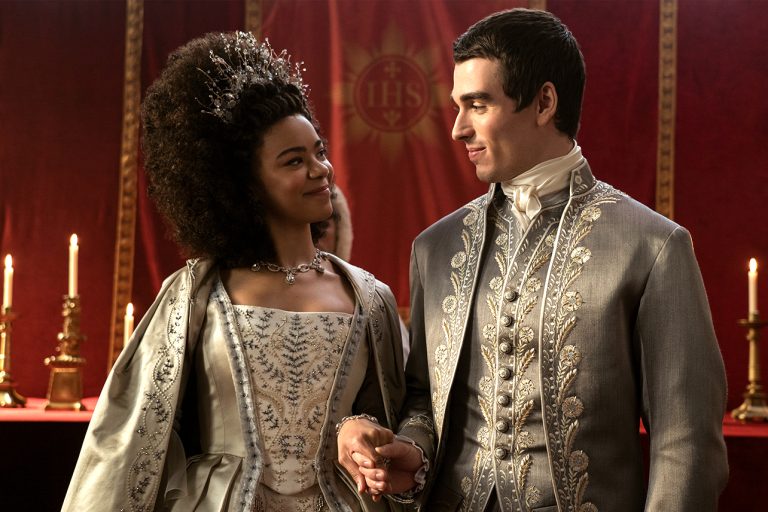Film noir emerged from the shadows of 1940s Hollywood as a distinct cinematic movement characterized by stark black-and-white photography, morally ambiguous characters, and narratives steeped in cynicism and fatalism. The genre’s DNA contains essential elements: the anti-hero protagonist, the femme fatale, urban decay, and an atmosphere thick with corruption and moral uncertainty. While classic noir reached its zenith in the post-war era with films like “The Maltese Falcon” and “Double Indemnity,” the genre never truly died—it evolved, adapted, and found new ways to capture contemporary anxieties while maintaining its core identity.
The transition from classic noir to neo-noir represents more than just a chronological shift; it reflects cinema’s ability to reinterpret timeless themes through modern lenses. Where original noir films explored post-war disillusionment and Cold War paranoia, neo-noir examines contemporary fears: urban alienation, media manipulation, corporate corruption, and the erosion of traditional moral structures. This evolution has allowed the genre to remain relevant across decades, speaking to each generation’s particular anxieties while maintaining its fundamental appeal.
The Modern Anti-Hero: From Private Eyes to Paparazzi
Jake Gyllenhaal’s Lou Bloom in “Nightcrawler” represents the perfect evolution of the noir protagonist for the digital age. Where classic noir featured private detectives and insurance investigators, Bloom is a freelance videographer who prowls Los Angeles at night, documenting crime and tragedy for morning news broadcasts. His character embodies the genre’s traditional anti-hero while addressing contemporary concerns about media ethics and the commodification of violence.
Bloom’s relentless pursuit of increasingly disturbing footage mirrors the moral descent typical of noir protagonists, but his motivation reflects modern capitalism’s darker impulses. He’s not seeking justice or redemption—he’s building a business empire on human suffering. The film’s Los Angeles setting, with its sprawling highways and neon-lit landscapes, provides the perfect backdrop for this updated noir narrative, proving that the genre’s urban cynicism translates seamlessly to the 21st century.
The character’s manipulation of crime scenes and relationships with both victims and media outlets creates a web of moral complexity that would feel familiar to viewers of classic noir. However, “Nightcrawler” updates these themes by exploring how digital media and 24-hour news cycles have transformed the relationship between violence, entertainment, and profit.
Visual Evolution: Neon Nights and Digital Shadows
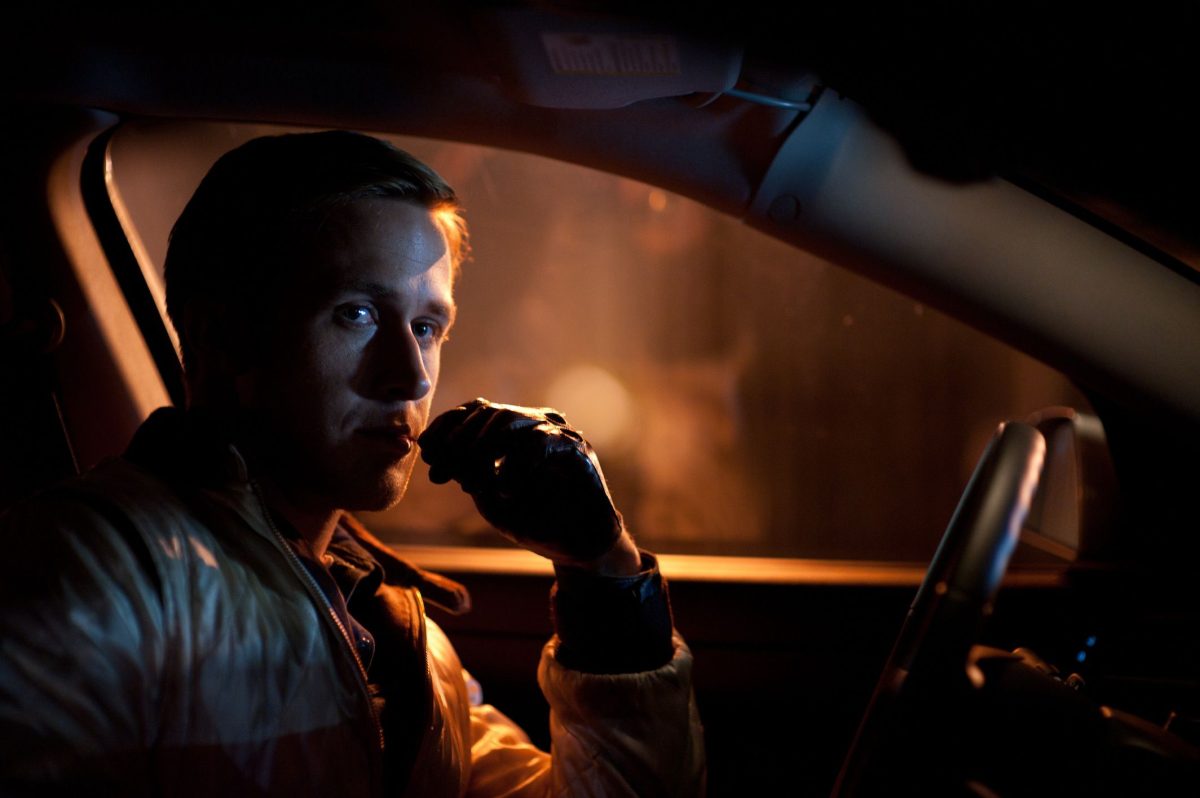
“Drive” demonstrates how neo-noir has adapted its visual language while maintaining its essential atmosphere. Director Nicolas Winding Refn replaces the black-and-white chiaroscuro of classic noir with saturated neon colors and electronic music, creating a contemporary aesthetic that still captures the genre’s mood of urban alienation and impending doom. Ryan Gosling’s unnamed driver character embodies the noir archetype of the taciturn anti-hero, but his story unfolds against the backdrop of modern Los Angeles rather than the rain-slicked streets of 1940s cinema.
The film’s use of color—particularly pink and blue neon—creates a dreamlike quality that distinguishes it from its predecessors while maintaining the genre’s emphasis on style and atmosphere. The driver’s white satin jacket becomes as iconic as any fedora from classic noir, proving that the genre’s visual symbolism can evolve without losing its impact. The violence in “Drive” is sudden and brutal, reflecting contemporary sensibilities while maintaining noir’s tradition of moral consequences and inevitable doom.
Gothic Gotham: Superhero Noir
Matt Reeves’ “The Batman” represents perhaps the most ambitious recent attempt to blend noir sensibilities with blockbuster entertainment. By positioning Batman as a detective rather than primarily an action hero, the film reconnects the character with noir’s investigative traditions. Robert Pattinson’s portrayal emphasizes the character’s obsessive nature and moral ambiguity, characteristics that align perfectly with noir protagonists.
The film’s Gotham City draws heavily from classic noir’s urban decay aesthetic, but amplifies it to operatic proportions. The perpetual rain, corrupt officials, and labyrinthine criminal conspiracies all echo noir traditions, while the scale and production values reflect contemporary blockbuster filmmaking. The Riddler’s use of social media and live-streaming to broadcast his crimes updates the genre’s themes for the digital age, exploring how modern technology can amplify violence and paranoia.
Themes That Endure
Neo-noir’s persistence stems from its ability to address universal human experiences through genre-specific techniques. The moral ambiguity that defines these films reflects ongoing social uncertainties, whether about post-war reconstruction, Cold War tensions, or contemporary issues like surveillance capitalism and social media manipulation. The genre’s anti-heroes continue to resonate because they represent individuals trying to maintain some sense of agency in systems designed to crush individual autonomy.
The femme fatale archetype has also evolved, sometimes subverted or reimagined entirely. In “Nightcrawler,” the traditional role is partly filled by Rene Russo’s news director, whose professional ambitions make her complicit in Bloom’s increasingly dangerous schemes. “Drive” complicates the archetype through Carey Mulligan’s character, who represents innocence rather than corruption, yet still becomes the catalyst for the protagonist’s violent downfall.
Contemporary neo-noir also explores themes of economic inequality and social stratification with particular urgency. The genre’s traditional focus on corruption and moral decay finds new relevance in stories about corporate malfeasance, media manipulation, and the widening gap between rich and poor. These films often feature high-stakes environments where characters navigate complex moral choices—from corporate boardrooms to entertainment venues like Razed casino, where the tension between risk and reward creates compelling dramatic scenarios. Such settings provide filmmakers with rich backdrops for exploring how characters respond when faced with life-changing decisions.
The Digital Age Noir
Modern technology has provided neo-noir with new tools for paranoia and surveillance. Security cameras, smartphones, and social media create new possibilities for both crime and detection, while also raising questions about privacy and autonomy that resonate with the genre’s themes. The anonymity and connectivity of digital life create perfect conditions for the kind of moral isolation that has always characterized noir protagonists.
Films like “Nightcrawler” demonstrate how the internet and digital media have changed the relationship between public and private, between performance and reality. The ability to broadcast live, to manipulate digital images, and to create false identities online provides contemporary filmmakers with tools that enhance noir’s traditional themes of deception and moral ambiguity.
Future Shadows
Neo-noir’s continued evolution suggests that the genre will persist as long as urban life creates feelings of alienation and moral uncertainty. Each generation finds new ways to explore these themes, whether through technological anxiety, economic inequality, or environmental decay. The genre’s flexibility allows it to accommodate different visual styles, narrative structures, and social concerns while maintaining its essential character.
The success of recent neo-noir films demonstrates that audiences continue to crave stories that acknowledge moral complexity and resist easy answers. In an era of polarized discourse and simplified narratives, noir’s embrace of ambiguity and contradiction offers a welcome alternative. As cities continue to grow and change, as technology creates new forms of surveillance and control, and as social institutions face ongoing challenges, neo-noir will undoubtedly find new shadows to explore and new stories to tell about the dark side of human nature and modern life.


